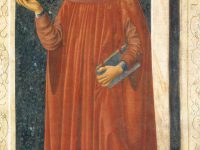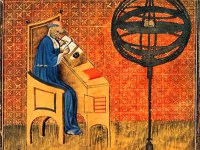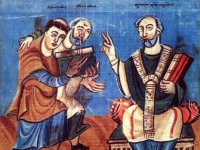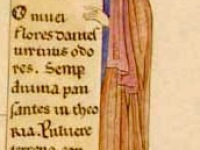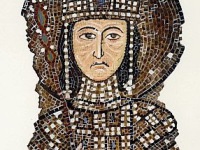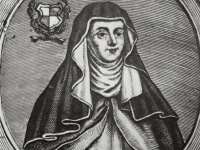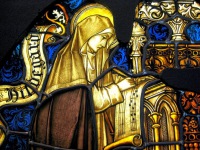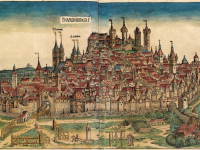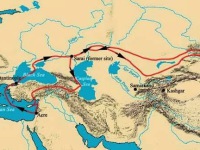Petrarch and the Invention of the Renaissance
On July 20, 1304, Italian scholar and poet Francesco Petrarca (Petrarch) was born. He is considered to be one of the earliest humanists and also the “father of the Renaissance.” Petrarch’s sonnets were admired and imitated throughout Europe during the Renaissance and became a model for lyrical poetry. He is also known for being the first to develop the concept of the “Dark Ages”. “I rejoiced in my progress, mourned my weaknesses, and…
Read more

